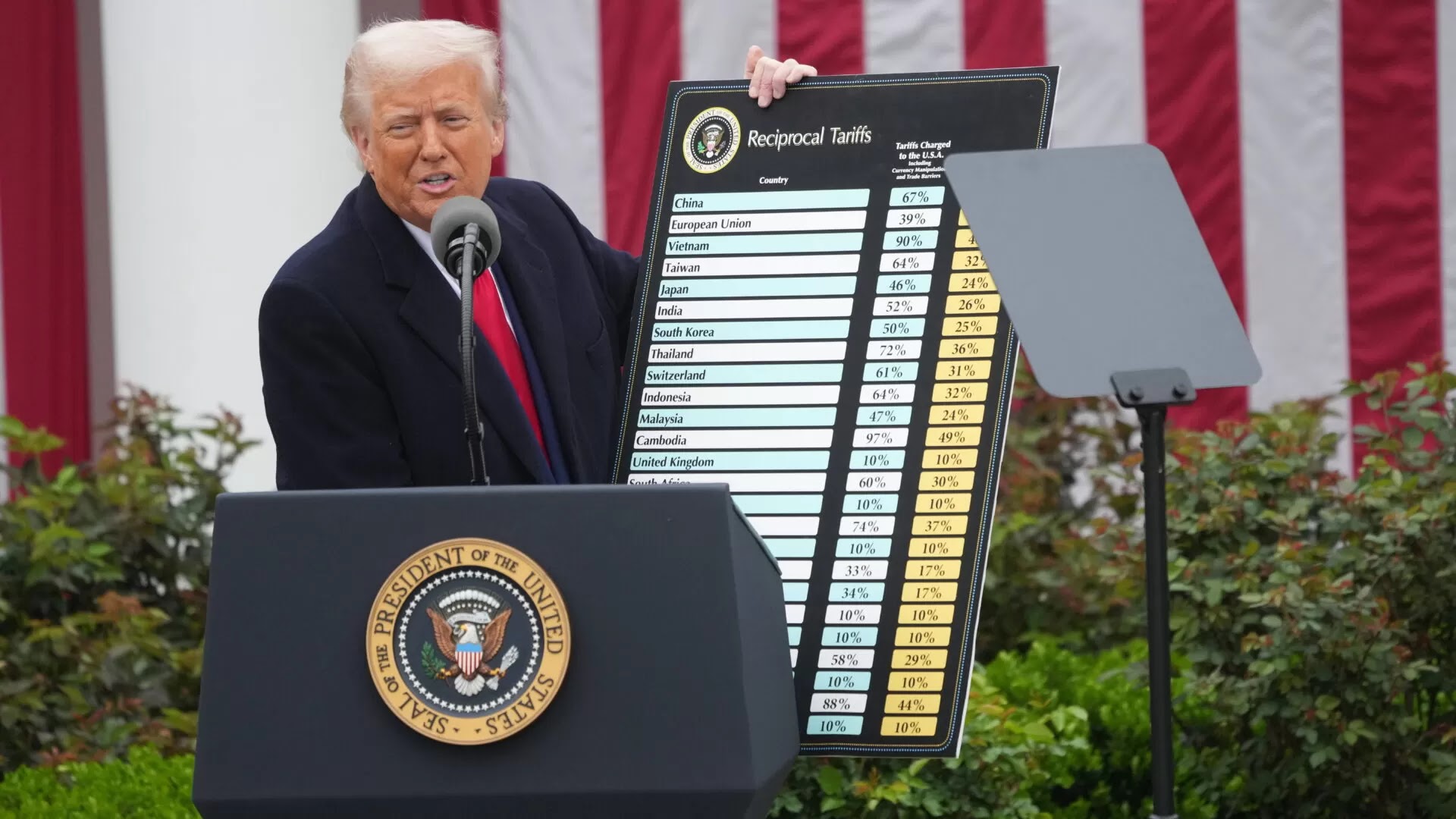Remember the Trump administration’s goal of securing “90 trade deals in 90 days?” Well, boys and girls, that program totally flopped.
After President Trump declared “Liberation Day” tariffs on most imports in April, his advisors pitched the move as a bold first step toward renegotiating trade relationships with dozens of countries. Peter Navarro, Trump’s top trade advisor, told Fox Business on April 12 that the administration would secure a new trade deal every day for three months.
That didn’t happen.
In reality, only two tentative agreements, one with the United Kingdom and another with Vietnam, have been reached, and even those are not formal trade deals but rather loose frameworks or informal understandings. Major trade partners like China and the European Union have yet to sign any new agreements with the U.S., and many of the administration's claims remain unfulfilled.
As the original 90-day period expired, the White House quietly shifted its focus away from deal-making and back toward imposing tariffs. On Thursday, Press Secretary Karoline Leavitt downplayed the initial July deadline for restarting paused tariffs, calling it “not critical” and suggesting that any decision would be up to the president. Treasury Secretary Scott Bessent confirmed that trade negotiations would now continue until at least September 1, giving the administration an additional 60 days to make progress.
Critics argue the strategy has backfired. Democrats and some economists say the approach has damaged relationships with key allies and harmed American consumers and businesses. Instead of delivering on the promise of better trade terms, the administration has created uncertainty for companies trying to plan ahead.
Recent economic data supports this criticism. The Commerce Department reported that the U.S. trade deficit widened to $96.6 billion in May, an 11% increase from April, primarily due to a drop in exports. That trend undercuts one of Trump’s long-standing goals: reducing the trade deficit through higher tariffs. But experts say those very tariffs have disrupted supply chains, made American products less competitive abroad, and triggered retaliatory tariffs from other countries.
Another sign of trouble came from a separate Commerce Department report showing a slowdown in foreign investment into the U.S. during the first quarter of the year. While not directly tied to the April tariffs, analysts attribute the dip to growing uncertainty over Trump’s trade policies. With tariffs already placed on goods from countries like Canada, Mexico, and China earlier in the year, businesses appear to be holding off on U.S. investments until there’s more clarity.
All told, the administration’s much-hyped trade offensive appears to have missed the mark. Instead of delivering dozens of new deals, it has left the global trade landscape more volatile and raised fresh doubts about the effectiveness of Trump’s second-term trade agenda.



.png)

No comments:
Post a Comment